Final Major Project - Exploring the NHS, illustrating its importance to society.
Don't wanna be here? Send us removal request.
Photo
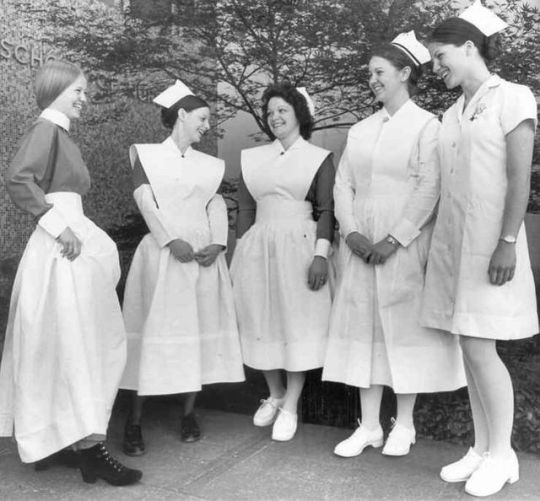
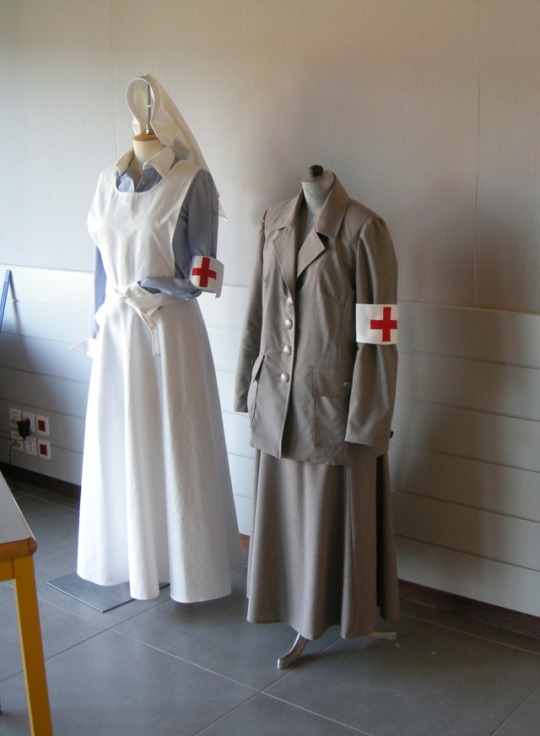
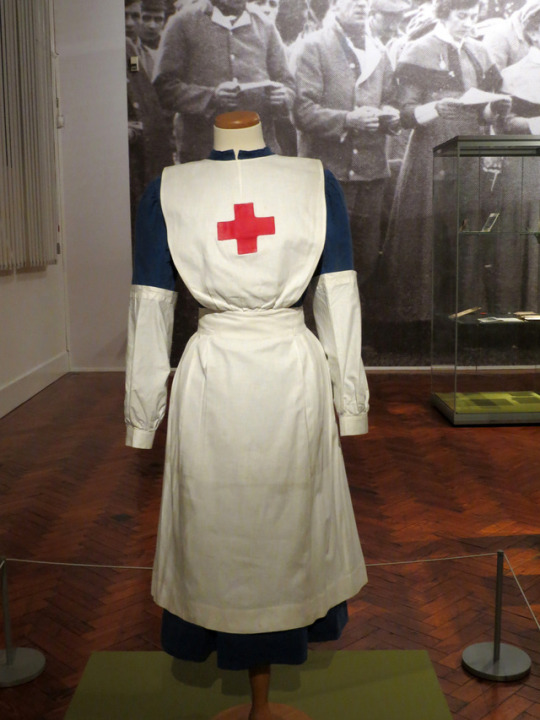
UNIFORM.
The uniform in hospitals have naturally evolved through time as technical advances in medicine and manufacturing have improved. In the 1800′s there was no official role or uniform for a person who cared for the sick, originally it was Nuns who were responsible for looking after the ill, and therefore the uniform for a nurse began as something very similar to a Nun’s habit. An ankle length long dress with a pinafore over the top, full long sleeves and a cap.
In 1919 the Nurses Registration act was passed, it established a register for all nurses & distinguished a hierarchy. This hierarchy was illustrated through uniform, much like in military uniform.
However, it was only in the mid 1900′s did the uniform begin to have more significant changes. Shorter sleeves were introduced as well as cloaks and more open necked dresses.
In the late 1900′s to the present practicality took a greater part in the uniforms and plastic disposable aprons were introduced.
Scrubs have now become the standard uniform for many, and the different colours indicate the different roles within the hospital. Yet nurses often still wear the short sleeve blue mid length dress.
0 notes
Text
Don’t take it for granted.
It is almost impossible that anyone in his or her lifetime will never be unwell, or break a bone, have a baby, or even have a loved one that needs some kind of medical care, and yet still many people in the UK take for granted that the care and support we receive is always guaranteed and available to all. No-one is ever turned away, no matter if they live in the UK or not health and wellbeing come first, which is not an approach many countries hold.
Even though, with hindsight, I know I have benefited so much from the NHS, there were many things that I criticised -around the time of my operations- about the system itself. I felt like an object at times, something broken, which my surgeon was going to fix and straighten out. Yet I do realise now that it is hard for doctors and surgeons alike not to emotionally detach themselves from their work or patient, as being more emotive may affect judgement and their own performance, which could potentially be life threatening.
To further my research in this area it is important that I ask other people about their own experiences within the NHS, where they feel that they have been failed, or given a new lease of life. I would like to ask both patients and people who work there, to fully understand each persons unique story and thoughts about the NHS. Ultimately I hope that people will recognise, even with its flaws and weaknesses people will address how crucial it is and it cannot be blamed for being underfunded and understaffed, which are the main sources of its faults.
0 notes
Photo
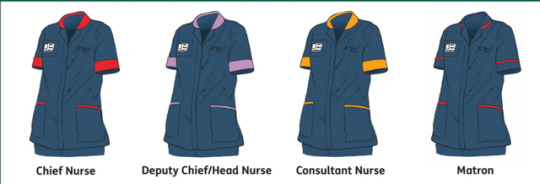

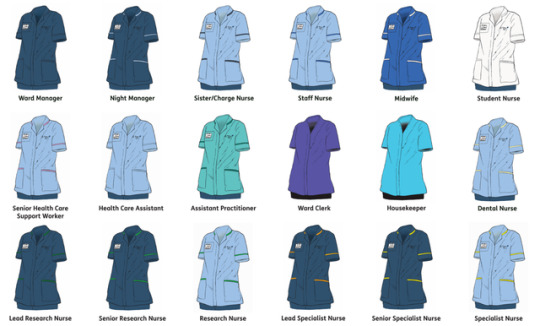
Current Uniform.
The specifics of colour in medical uniform can vary depending on the hospital, yet this is the general format for the uniform.
0 notes
Photo
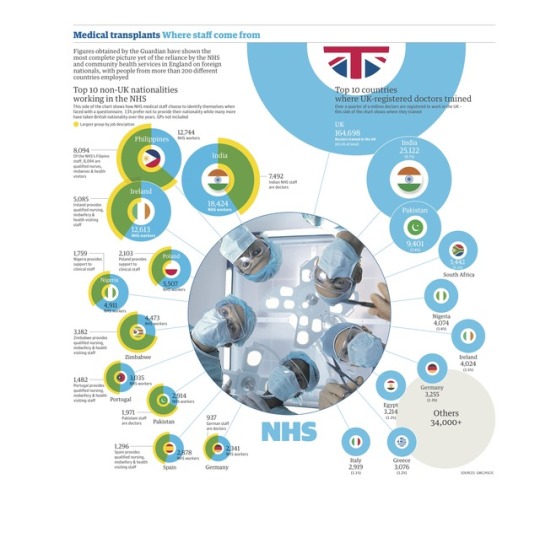
-The Guardian online, graphic by Finbarr Sheehy
Such an Important visual, indicating how much we rely on EU and overseas skilled and trained employees in the NHS. According to this chart 37% of doctors working for the NHS are trained overseas or in the EU.
0 notes
Photo
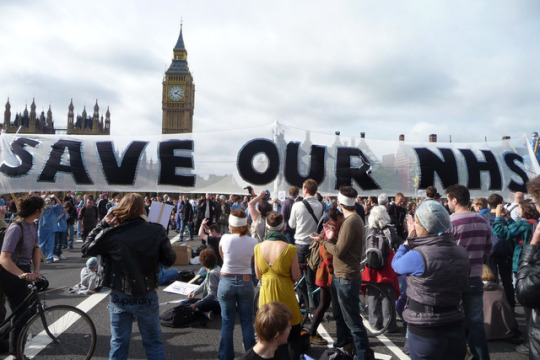
Brexit, unsurprisingly has had a negative impact on the NHS, causing shortages of employees, as in some hospitals up to 20% of the nurses are from the EU, and 11% of the staff overall are non-British in the NHS which illustrates how heavily we rely on the support of the EU to keep the NHS running. Less staff for the NHS would dramatically effect the quality of care that it is expected to provide, putting patients at risk. With Brexit supplying this very real and looming threat there have been countless campaigns and demonstrations, one of the largest being very recently on the 4th of March. These demonstrations are a stand against the 14% salary decreases since 2010, the threat of privatisation as more private companies are taking control in the NHS, the suggestions of trade deals with the US which could also lead to privatisation and the lack of faith, support and negativity towards the NHS.
0 notes
Photo
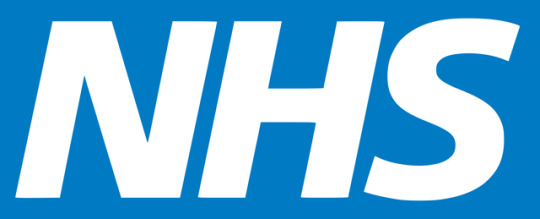
The National Health Service was founded in July 1948 by the health secretary Aneurin Bevan, with the aim to bring good and free healthcare to anyone who required it. Before that healthcare was hard to receive if you couldn’t afford the treatment- health depended on wealth. Some charities and religious communities provided care for the very ill, and infirmaries were also created as the need for healthcare increased after the industrial revolution. Sickness and poverty were very much linked, and attempts were made to provide free healthcare. In 1828 William Marsden opened up a house in London- the Royal Free Hospital’- to provide healthcare for the poor, unsurprisingly the demand was very high and grew to 30,000 patients a year in the mid 1800’s. However by 1920 the organization was forced to ask patients to fund their treatment as it drew towards bankruptcy, despite donations, fundraisers and the medical staff being volunteers.
The creation of the NHS and introducing payment for healthcare through taxes has hugely benefited the health and wellbeing of society as a whole. It has not only allowed everyone to receive a high quality of healthcare but it has furthered medical research, meaning the discovery of different diseases and illnesses as well as ways of preventing illness from occurring.
0 notes